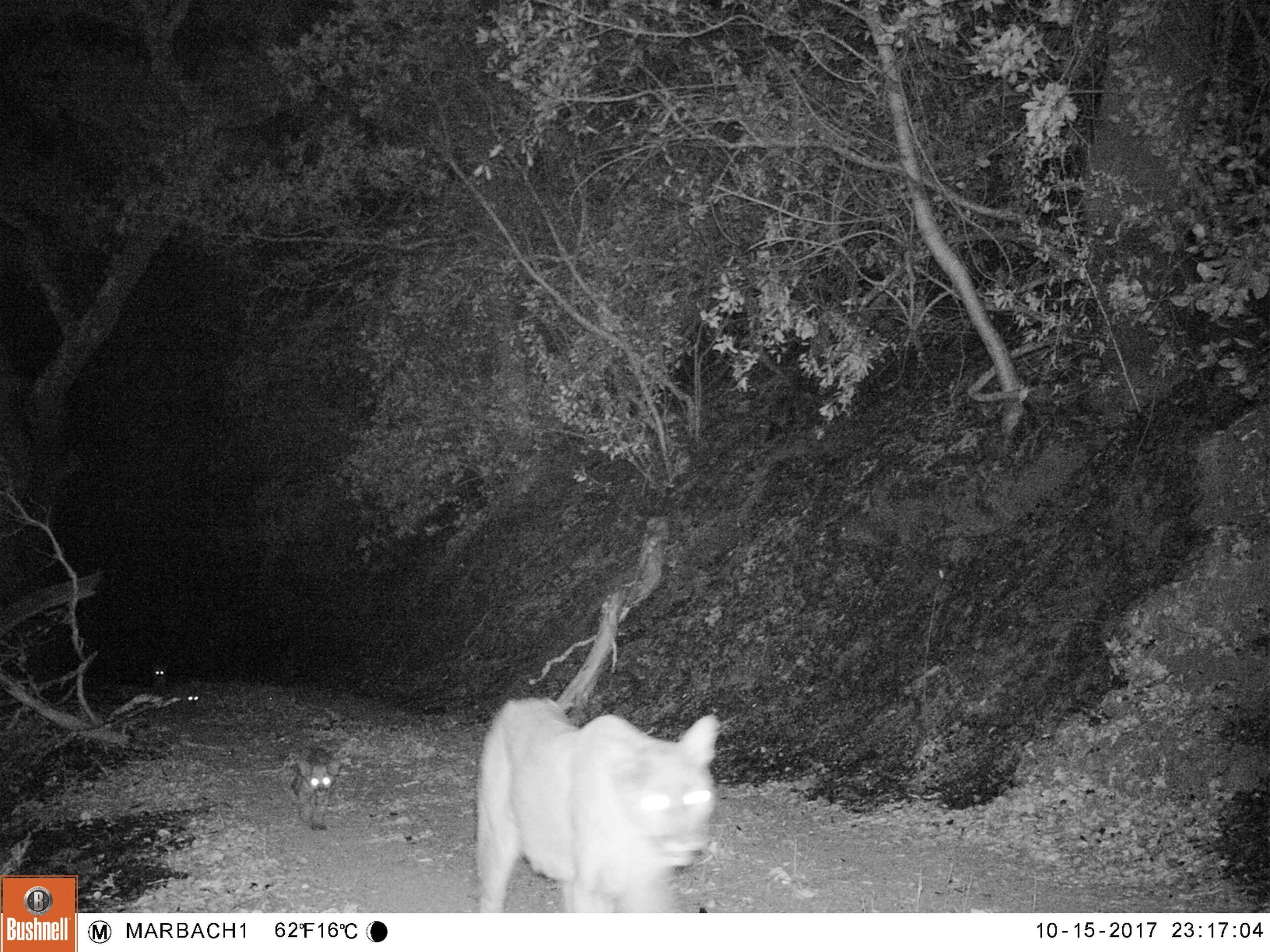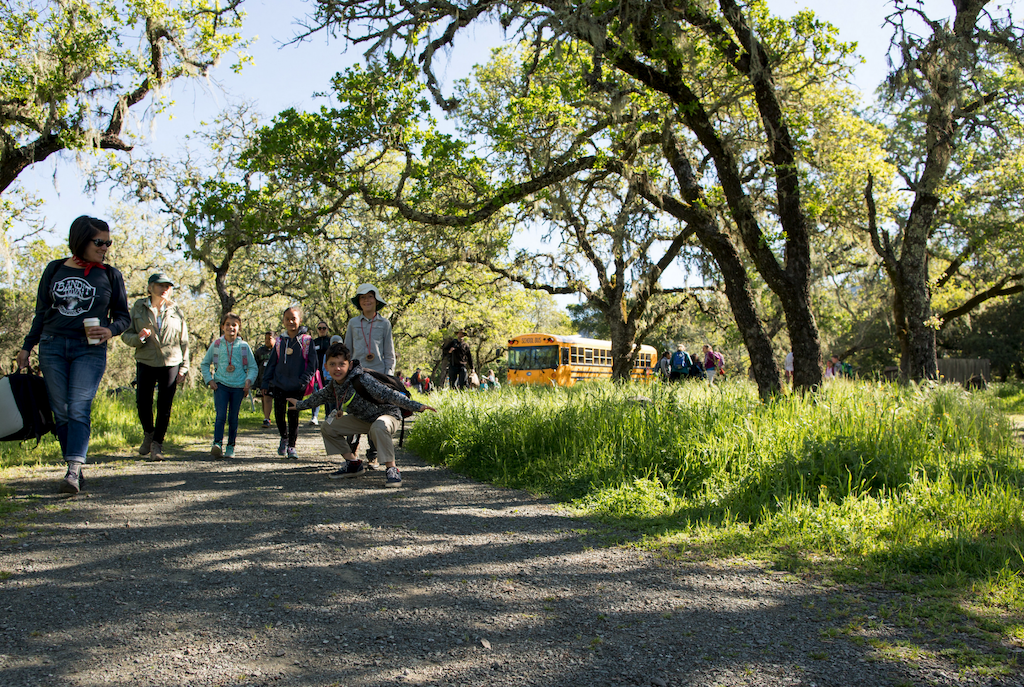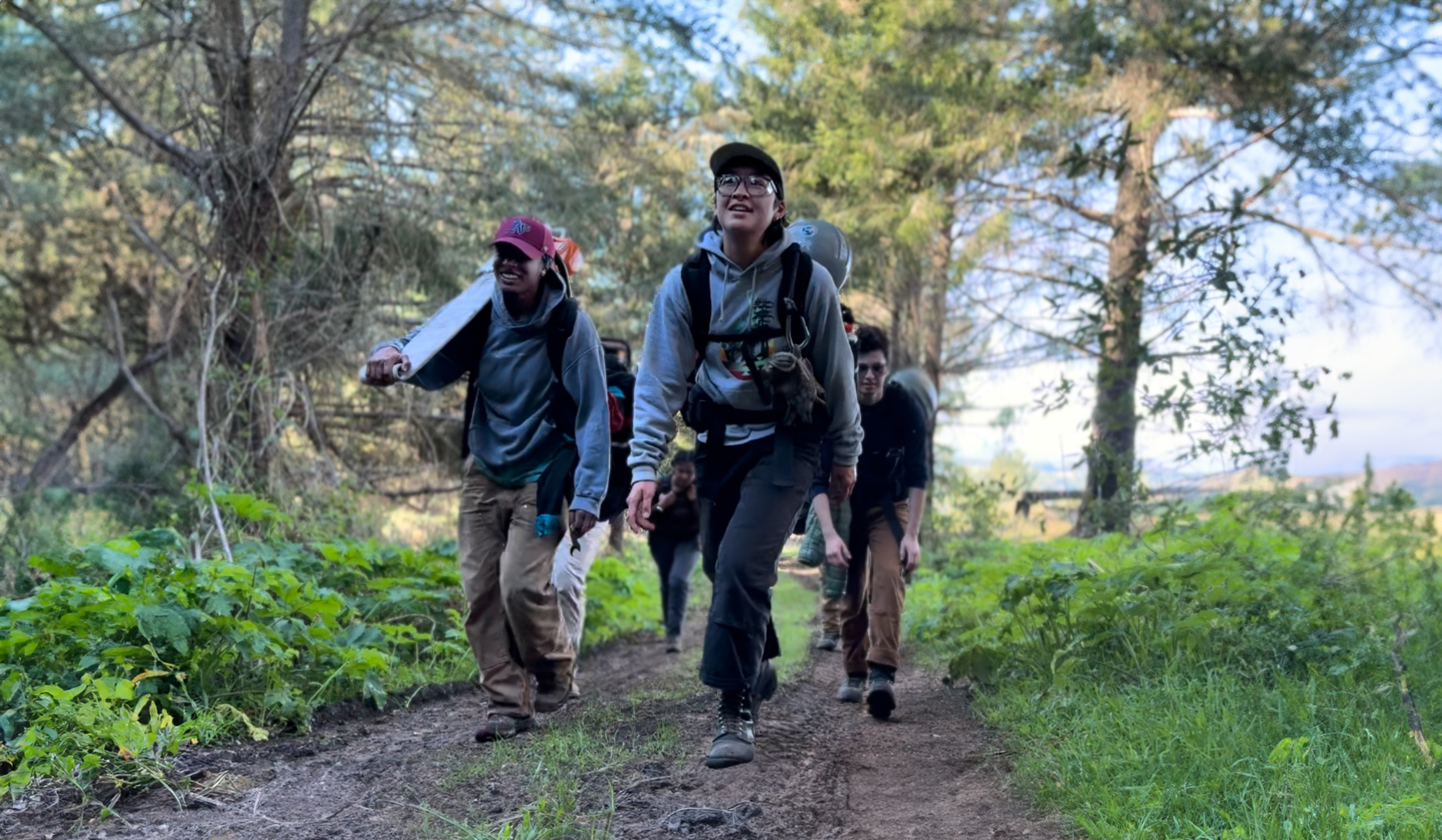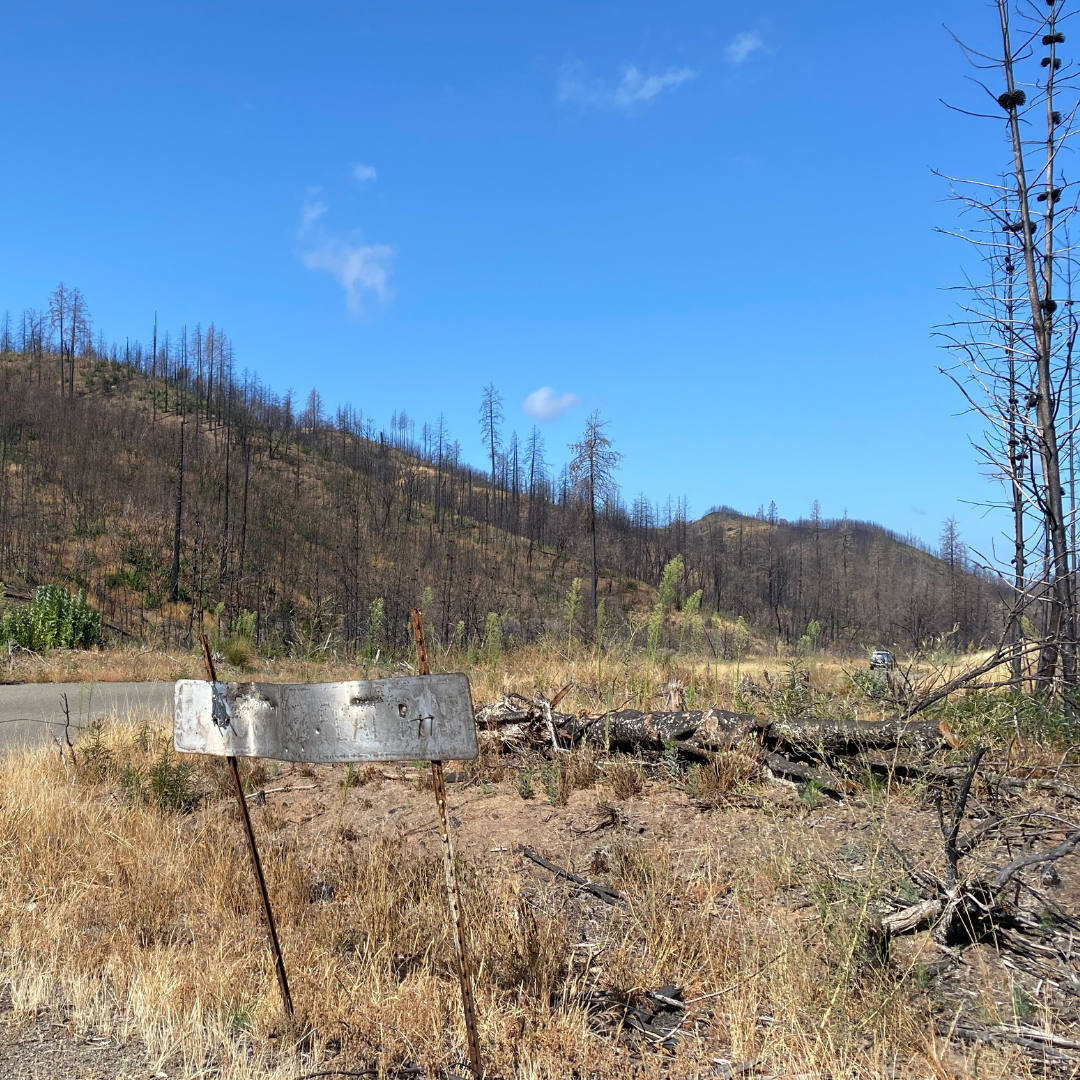Thank you all. Everyone has been so supportive of our wildlife – our community. Thank you!
This is a very hard time for all of us, and it is no different for the mountain lions or other critters. The ACR Mountain Lion Project has 3 lions that have been monitored using GPS satellite collars in the Bennet Valley area. A preliminary observation suggests about 50% of optimal lion habitat across our study area has been burned. In the long-term this will be good with rejuvenation inviting opportunities, but for now it is likely hard for them. I wouldn’t say they have been displaced so much as re-routed. I have observed movement of our GPS collared cats cruising through burned areas, as well as avoiding them. Because lion ranges are so extensive (up to 300 square miles for males), they have options and as a result their “core” areas might shift with a need to focus on areas where deer (their primary prey) are moving. Sometimes, they will even overlap extensively with others of the same sex as a simple adaptation to survive. They make it work. I think it’s a wonderful analogy to what we are dealing with now. I personally have never experienced a disaster event of this magnitude, and in the process have been incredibly humbled by the sense of community and willingness to help one another. It gives me hope we can all be a part of rebuilding this special community.
With regards to safety, advice recently given to one of our Hood Mountain neighbors by a Fish & Game ranger is spot on: “The most important things to do in an encounter are stand your ground, make loud, mean noise, and try to make yourself look bigger/taller. He also said under no circumstance should you run from a puma; they are wired to chase.” Important to note is that these animals are mostly very timid or afraid to interact with humans. As the statistics show, they are an absolutely insignificant threat to us. That said, having reverence for these very capable predators is the prudent thing to do.
Lastly, if you have pets (particularly cats) or small livestock, this will be a critical time to ensure their safety – especially at night. The extra stress and loss of optimal habitat could result in an increase in depredation events of this nature for a while.
Photo at top: An uncollared mama mountain lion and three kittens recorded in the Bennett Valley area of Sonoma County a week after wildfire swept the area.

P5, our collared resident male moved through a fire-altered range soon after the fires swept through the Sugarloaf and Hood Mountain area. In the photo below, his paws show dark patches, presumably from ash. Photos courtesy Roger Provost, Napa.

photo courtesy Roger Provost, Napa.




